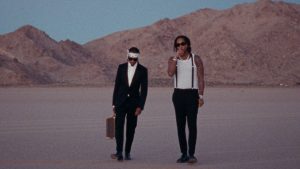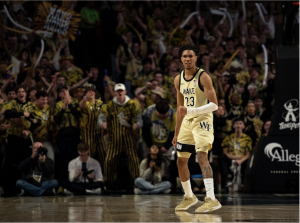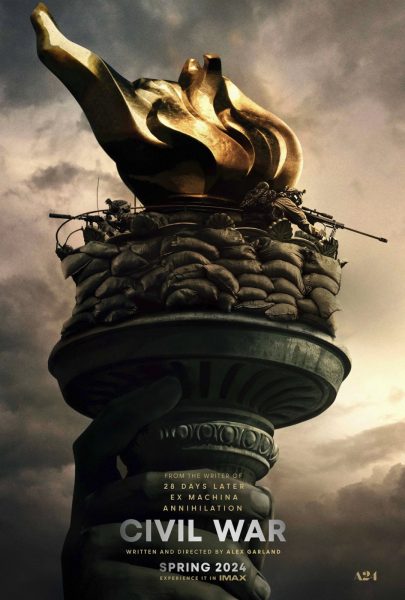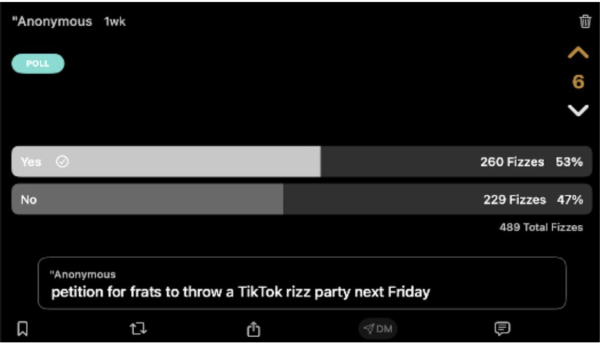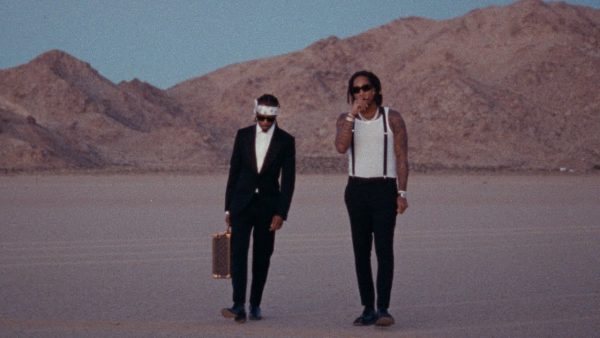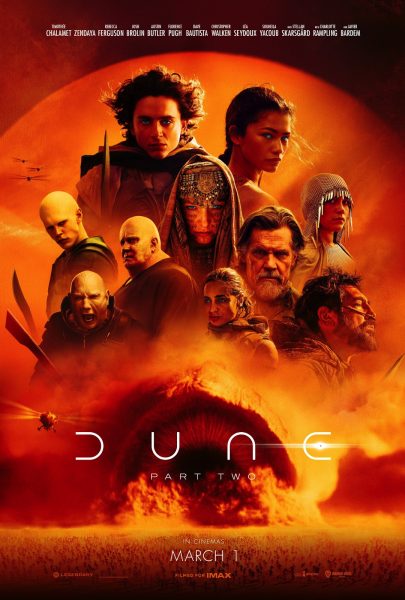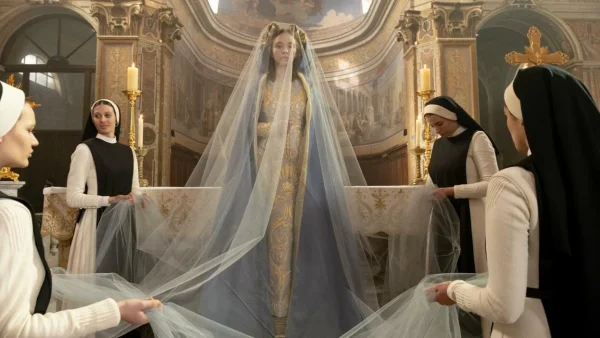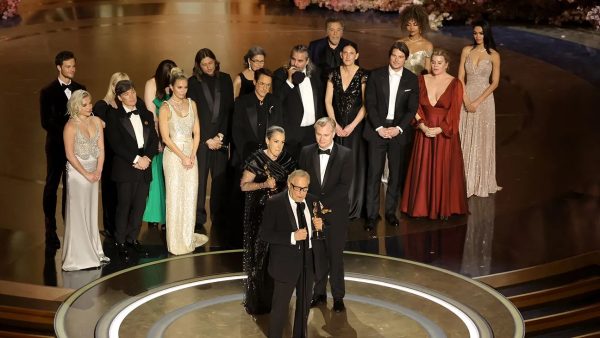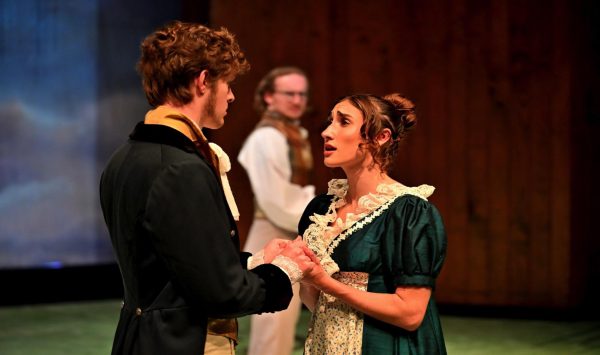It’s time to revisit a classic
Taking a look at both the Frankenstein book and 1931 film for Halloween
October 29, 2020
After forcing my boyfriend to read Mary Shelley’s Frankenstein, one of my favorite novels, we decided it was time to take on the 1931 iteration directed by James Whale. The movie is revolutionary for many reasons, but particularly for its iconic imagining of the monster himself, which continues to dominate our conception of Mary Shelley’s complicated creation. The feat of imagining a monster that fits so snugly into our imagination is also an expression of what Harold Bloom calls, “the tyranny of the visual.” That is, in this case, the symbolic renderings of parts of the book are capable of subsisting on image alone and need not attempt to explore the issues Shelley presented in her book with the same level of depth. Of course this is an obstacle for all movies, but I found it particularly fragrant in Whale’s Frankenstein. What is frightening about it is not the implications of creating human life, nor the anxiety that accompanies it, but rather the depiction of the monster himself.
Where the movie and the novel differ most is in the creation of sympathy with the monster. The movie does provide moments of sympathy, namely when the monster plays with a little girl, but he just as quickly throws her into a lake. In other words, the movie isn’t interested in complicating the morality of the monster, as illustrated by the monster’s brain stolen from a classroom jar containing a criminal brain. In this there is not an analysis of where the monster stands on the moral compass, but rather provides a monster that at times exudes a childlike innocence, but whose default is that of violence. The book provides the monster with a period of growth, a sort of childhood, where he attempts to learn language and interpersonal connection. The eventual murders he commits are calculated attempts to cause harm to one person specifically, and in this there is a sensation of a soul. The question the film concerns itself with is what the monster will do next, whereas the novel explore what it means to create a living soul? What one remembers from the book is the harrowing questions of what constitutes a human; what remains from the movie are the frightening groans and outstretched arms of the monster.
Though Whale’s film is a delight to watch and certainly embodies a campiness that increases with age, as well as displays a cosmetic achievement, it instills in me a frightened outlook. Simplistic visual components act as stand-ins for extended and altogether more profound questions about the human condition. Of course, not all forms of media need to fulfill these questions, but to see this iteration of a beloved novel illustrates to me a precedent, one in which particular elements may be plucked from source material because they provide something interesting to look at.



